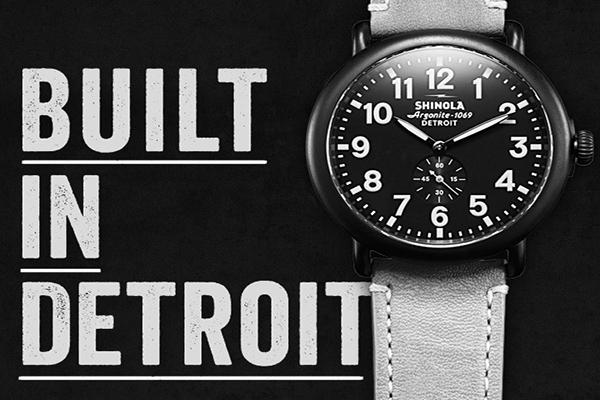Detroit was once known as “The Paris of the West.” In the 1930s the Motor City was a thriving metropolis with a population of 1.5 million. The city was fueled by the auto industry. Ford, GM, Chrysler and Packard offered jobs, security and a way of life to all. Unfortunately, Detroit’s golden age was short-lived.
Several factors played a role in the decline of the city. The rise of technology in the auto industry and the riots of the 1960s are among those factors. The 1967 riots lasted 5 days; 43 people were killed, 467 people injured, 412 buildings burned and 2,509 stores looted. The dollar losses from arson and looting totaled somewhere between $40 million and $80 million.
After the riots, hundreds of small businesses closed or re-located to safer neighborhoods. The affected districts laid in ruins for decades. Through this period the population dropped dramatically from 1.8 million citizens in 1950, to 700,000 in 2010.
Flash forward: July, 18 2013. The city of Detroit filed Chapter 9 bankruptcy on that date, the largest municipal bankruptcy filing in U.S. history. The city was an estimated $18-20 billion in debt. Is there a silver lining in all of this?
“Detroit, just west of Bushwick.” “Move to Detroit.” Both slogans are plastered up on billboard signs that are currently displayed all across Brooklyn and Manhattan. Phillip Kafka, CEO of SoHo-based company Prince Media, has started a revolution to move people toward the ghost city of Detroit.
“I want people to know that in Detroit you can afford to make art, be a chef, buy a house, start a business, do anything if you work hard,” Kafka said. Detroit has wonderful buildings, rich cultural history and amazing people, he went on to say.
Kafka is not alone in his movement for the uprising of Detroit. In 2014 Detroit businessman Dan Gilbert, owner of the Cleveland Cavaliers and founder of Quicken Loans, purchased over 60 percent of the property in Detroit. Gilbert moved all 12,000 of his employees downtown. In that year the robbery rates fell, carjacking dropped 34 percent and violent crimes fell from 55 percent to 42.9 percent. In 2016 Detroit is expected to have 100,000 people working downtown; that’s up from 78,000 in 2010.
The city is growing, and its inhabitants are finding new paths. Startup companies are revitalizing previously-dead areas, breathing new life into the defunct town. A marketing and branding initiative called “Our Detroit” is putting a new face on things with a clean aesthetic and youthful appeal. Detroit, it’s been said by many, is the next Austin, Texas, poised on the cusp of booming business and development after languishing
for decades.
Ford Field, Comerica Park and the Joe Louis Area provide sports fans a chance to passionately root on their team of choice. These facilities have made Detroit one of the top sports towns in the nation, according to Forbes. The River Walk, Bell Isle aquarium and The Detroit Museum of Art help facilitate and cultivate artistic diversity and enjoyment.
“Detroit is a place where we’ve had it pretty tough,” author Mitch Albom said. “But there is generosity here, and a well of kindness that goes deep.”
Detroit may never get back to the thriving industry-fueled town that it once was, but in true Detroit fashion, its people will keep their eyes fixed ahead.






















